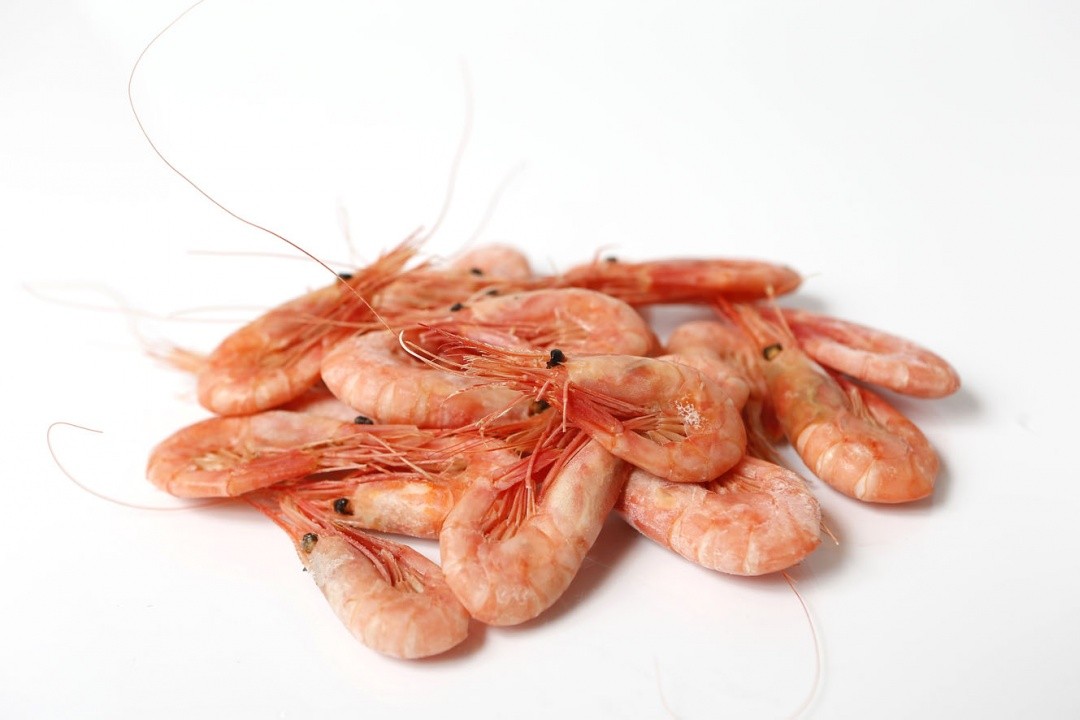
FREEZING SHRIMP - CHALLENGES AND OPPORTUNITIES
Just like the rest of the actors in the food industry, seafood processors are increasingly expected to deliver high quality products to the end customer. Their unique challenge is handling a product that is typically more expensive than other products and more difficult to process.
Seafood producers need to show capability in preserving freshness, maintain quality from harvest to the point of delivery, and present retailers with seafood products that have the longest shelf life possible and respect all the food safety standards.
Freezing technology is trying to come with solutions to these issues. Successful companies will always look to boost their production and variety of products they run, but that can also mean that they can quickly outgrow their freezing methods, for example by manually loading dry ice pellets into boxes, which is intensive labour. In order to diversify the line of production and take advantage of seasonal demand, processors need to determine which technology will provide them with the best solution.
One challenging seafood product to freeze is shrimp. When using Cold Store freezing as a freezing method for shrimp, a number of challenges occur. Raw and cooked IQF shrimp can develop odours during storage in Cold Store freezing. The higher the storage temperature, the quicker the shrimp develops the odours. Another challenge is the stickiness of the raw shrimp which can lead to formation of lumps and blocks when frozen in blocks.
Another important issue to address is that both raw and cooked shrimp must adequately be protected against dehydration during Cold Store by glazing or by suitable packaging. Glazing process should be inspected periodically and renewed. Beside the risk of dehydration in the Cold Stores, the optimal time of freezing is a crucial factor as too short time can lead to incomplete freezing of the core while too long time can result in "freezer burn" and drying. The drying will of course damage the texture and the quality of the product.
As opposed to block freezing where the shrimps are weighed and packed in wax laminated cartons with a lining of water-proof material, for individual quick freezing (IQF), the blanched or graded shrimps are individually loaded into the conveyer of the IQF machine and frozen rapidly in the freezing tunnel. The end result is separately frozen shrimp with a natural appearance preserved. The IQF technologies are a significantly better solutions for freezing shrimp and there is a number of benefits they provide. IQF freezing technologies quickly freeze the product to the core in a considerable shorter amount of time and provides the highest freezing capacity per square foot.
The sticky texture of shrimp makes it hard to clean the processing equipment which increases the risks of cross contamination. This is another challenge successfully addressed by some innovative providers of IQF technology - achieving a reliable food safety. A number of design features help avoid the development of bacteria and the contamination between different batches of product in the IQF tunnel.
When it comes to the disadvantage of dehydration in the Cold Store Freezing, some IQF technologies are again providing a better solution in minimizing dehydration of shrimp. Using glazing as a pre-treatment, an IQF tunnel is quickly freezing the surface of the shrimp, so that the moisture of the product is not lost in the freezing process. This leads to better looking shrimp and higher yields which increase profitability.
It is a fact that today’s end-consumer becomes more and more demanding when it comes to the quality of frozen products. Shrimp processors have the challenge to offer good looking shrimp, with intact antennas and natural colour. It has been seen that only IQF technology can successfully address this challenge.
Another advantage of using IQF technology for freezing shrimp is that individually frozen shrimp can be thawed in a few minutes, or they can be cooked directly from the frozen state, while blocks of shrimp can be thawed in air or water and the thawing time can take up to 20 hours. A faster method used for thawing blocks of shrimp is the water spray method which uses a jet of water to help break up the blocks, however this method is damaging the shrimp and compromises the quality of the product.
OctoFrost IQF freezing technology is already seen as a solution to all these problems among many shrimp processors. With its benefit of preserving not just the natural appearance of the shrimp but also all its parts intact after thawing, it addresses the crucial aspect of food safety while keeping up the profitability of the processor. It is clear that the market demands are guiding the new trends in the technologies to be used in this industry and clearly IQF is the optimal choice when processing shrimp.
